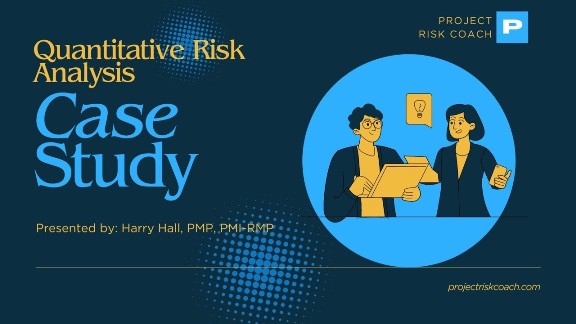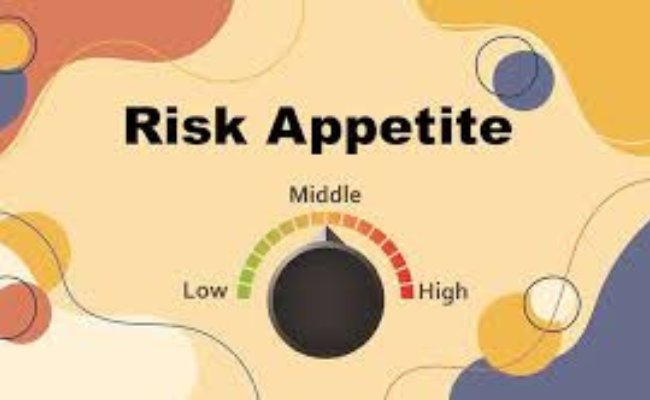
Introduction Quantitative risk analysis is a systematic approach to assessing risks using numerical and statistical methods. It involves quantifying the likelihood and impact of risks to provide a data-driven basis for decision-making. This approach is crucial for managing complex projects Read More …





